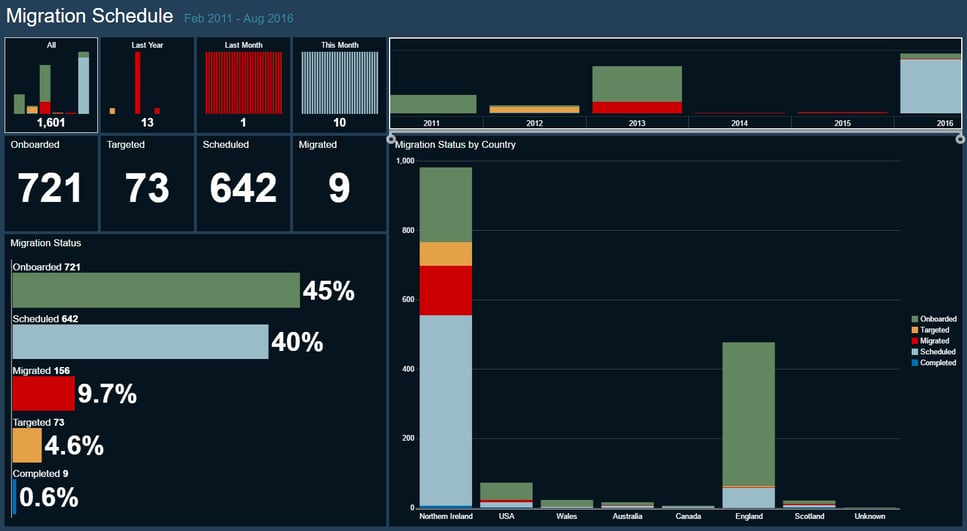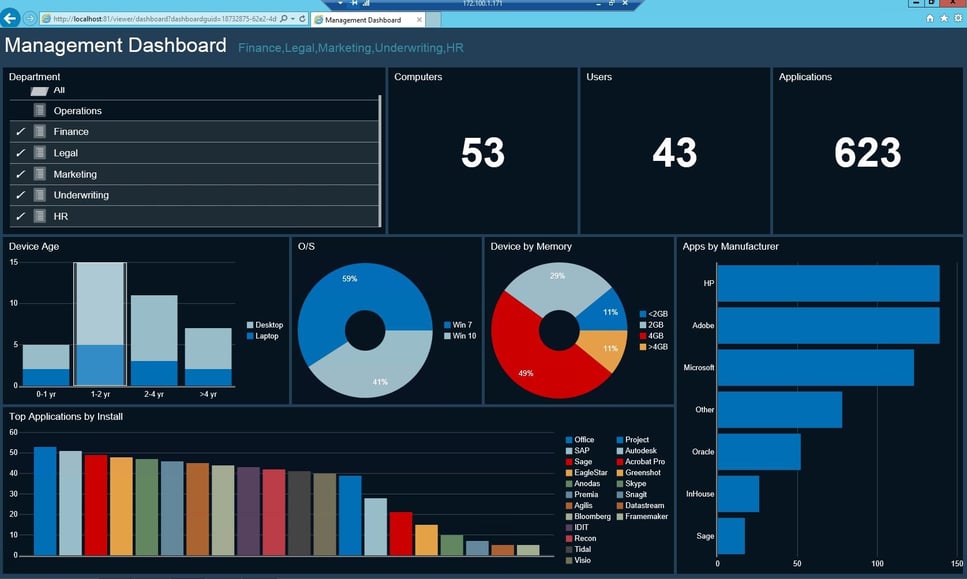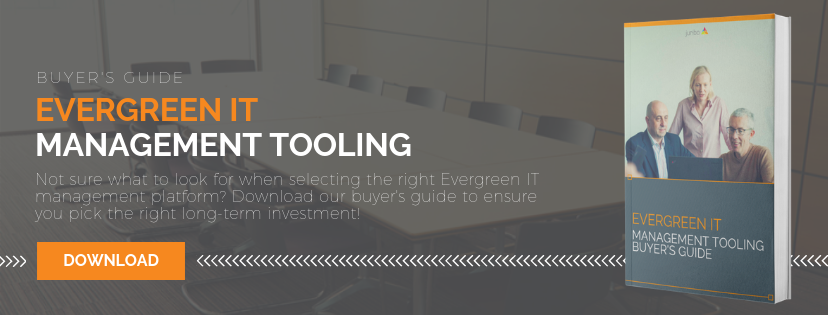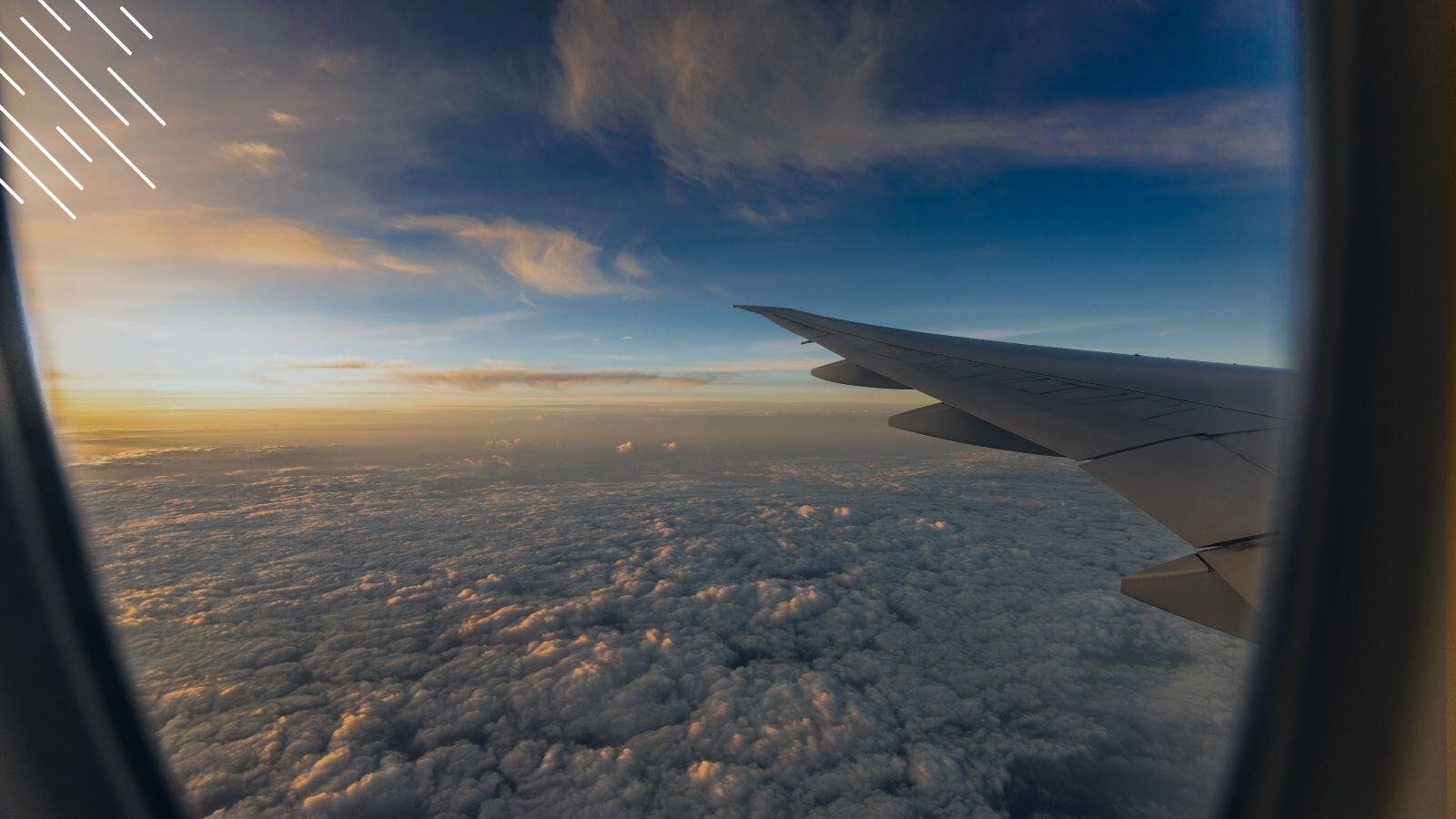3 Things Every LoB Manager Should Demand From IT During An IT Transformation Project
May 1st, 2017
4 min read
By Barry Angell

It's finally here: After years of putting up with that outdated system, you've finally got the green light for switching to Office 365, implementing a new platform like Windows 10, or rolling out a new communication technology like Skype for Business across your business unit.
You can't wait to get your hands on that new tech that you know will make your job easier and your employees more productive. But beware, it's easy to focus on the greener pastures ahead and become impatient with the rollout, or even take matters into your own hands. Can you really do this quicker yourselves as a business unit, and is that the right approach for your organization. Often, if you don't work with IT on the implementation, it can have disastrous consequences for all involved.
The most successful IT migration projects are those that strike a balance between IT control and business demand. So before we dive deep into what line-of-business managers should demand from IT, let's look at why this partnership is so vital to IT transformation success.
The Risks Of Going It Alone
All too often, LoBs go out, investigate and sometime purchase fancy new applications without running it by IT, or vice versa. The argument is that IT is not quick enough - they cannot deliver change to the business at the required velocity. But the assumption there is that the business can deliver this exact same change at faster speed. At worst, if it turns out later that there was a better, more scalable option planned (or even a better price) if all parties had communicated, the business unit may have wasted its money, and created a legacy of IT debt to be managed in the future.
Failing to adhere to a streamlined IT decision and purchasing process can lead to a direct loss of bargaining power with respect to licensing agreements, security vulnerabilities, redundant programs, and a disjointed or total loss of software asset management. Put this way, it's easy to see how everyone is harmed when a business unit decides to go it alone. On the flip side, the business could be driving innovation, and something that IT cannot get past its internal processes could well be a huge revenue generator or competitive advantage for the business.
It is understandable that LoBs desire more autonomy over the IT decisions that affect their daily duties. However, this cannot come at the expense of enterprise safety and compliance. To be successful, LoBs and IT must find common ground and approach purchasing and implementation as a team. This means learning to compromise and not backing down on core deliverables in addition to the more exciting technology adoption.
To make the rollout of your IT Transformation as smooth and as efficient as possible, you should strive to collaborate with your IT department as much as possible. But that does not mean taking a wait-and-see approach. Here are some tips on what every line-of-business manager should demand from IT in terms of data and analytics when undergoing major IT transformation projects, and why cooperation is so critical during these major projects.
What LoBs Need From IT For Successful IT Transformation Projects
Taking the example of the Windows 10 rollout, let's look at what line-of-business managers should demand from IT to make the IT transformation project a success all around.
1) De-Silo Relevant Data & Make It Accessible To All Project Resources
IT data is frequently siloed, which negatively impacts everyone. We've spoken before about the need to de-silo data, but this is especially crucial with those big IT projects with so many complexities and dependencies such as OS migrations or hardware refreshes.
There are a lot of different variables and moving parts to consider: location, vacation and high business workload times, application usage, application remediation for business owned software, as well as stakeholders and project resources across different departments — each with their own set of needs. However, the constant request for raw data to support the business requirement often falls through the cracks because the people who could find value in the data either don't know how to harvest it, don't have access privileges to get it, or can't find the needle in the haystack due to legacy methods and poor reporting process.
2) Surface Mission-Critical Context With Online Business Value Dashboards And Reporting
Alongside de-siloing data, LoBs should be able to request access to mission-critical information in the form of online reporting and business value dashboards. It simply is not feasible for managers to make informed decisions without access to all the information surrounding the IT project.
It is understandable that IT departments may push back regarding access. They are tasked with doing more with fewer resources: from troubleshooting technology to staying up to date with cybersecurity, IT staff are already stretched thin. Traditionally, collating dozens of spreadsheets to compile the information that business managers are urgently asking for can take days. Even the best-intentioned colleague may struggle to find the time to dig into the data analytics you requested.
If your IT team pushes back with that argument, let them know that by implementing the appropriate IT Transformation management tools instead of doing this with instantly out-of-date spreadsheets or manual data manipulation in home-grown databases, will allow you to have all the information at your fingertips — without having to bother them.
With a tool like Dashworks, you can run reports, slice and dice data, and create actionable lists. When every stakeholder has access to the project information and relevant data, there's no longer a need to wait on IT to find exactly what you need!

3) Project Transparency & Goal-based Collaboration
An IT migration platform solution provides clear insight and accountability. All managers can view the dashboard and see at a glance which particular bottleneck is halting progress. With visualization tools from charts to stop lights, you don't need to be a data geek to understand the progress of a particular project or take action if you have a deliverable that's holding up projects.
Dashworks allows all users to customize their accounts on a 'need-to-know' basis. For example, IT professionals can learn from their dashboard how many users are waiting for a particular piece of information from a third party, then plug in the information to push the project closer to completion. IT staff can also quickly update everyone, managing expectations. Say there is a vendor delay that pushes implementation back two weeks. IT staff can adjust the date in the system, and everyone else's dashboard will update to reflect the new timetable.
As these two examples illustrate, dashboarding ends the cycle of blame and shame that can not only hold up software implementation, but can negatively affect workplace culture. By maintaining project transparency, every resource can make faster, more accurate decisions, whilst understanding the impact of those decisions across other business units. The result is a much more collaborative approach that speeds an organization towards its migration in the fastest time.

Conclusion
Knowing that you need to work with IT to ensure a successful outcome, stand firm and demand what you need from IT to ensure the success of the rollout. The more transparency you can create around things like your Windows 10 migration, the easier things will go for everyone. Many businesses experience migration headaches from a failure to plan properly, which leads to budget overruns, negative attitudes, and frustration on the part of many employees. Don't let this happen to your organization. Instead, help LoBs and IT communicate, set expectations, and stay accountable so everyone enjoys a smoother migration.
Barry is a co-founder of Juriba, where he works as CEO to drive the company strategy. He is an experienced End User Services executive that has helped manage thousands of users, computers, applications and mailboxes to their next IT platform. He has saved millions of dollars for internal departments and customers alike through product, project, process and service delivery efficiency.
Topics:





%20Project%20Plan%20For%20Maximum%20Velocity%20Upgrades.jpg?width=1600&height=900&name=Introducing%20The%20New%20Windows-as-a-Service%20(WaaS)%20Project%20Plan%20For%20Maximum%20Velocity%20Upgrades.jpg)





